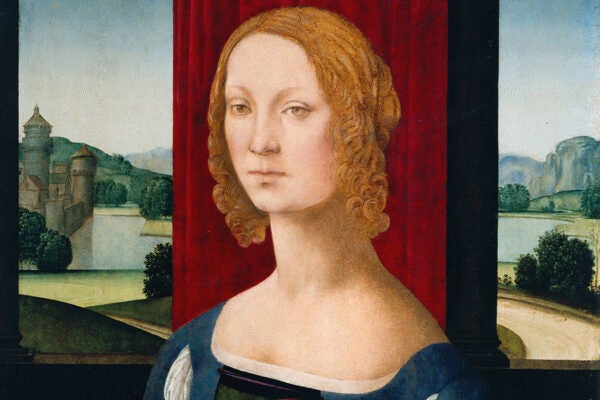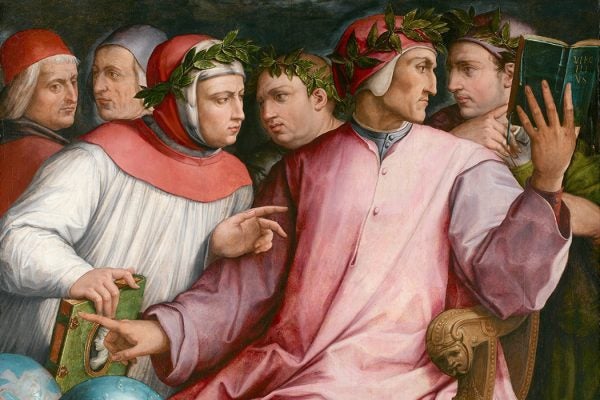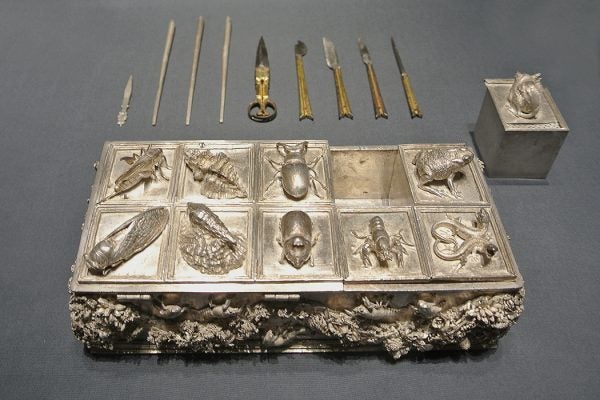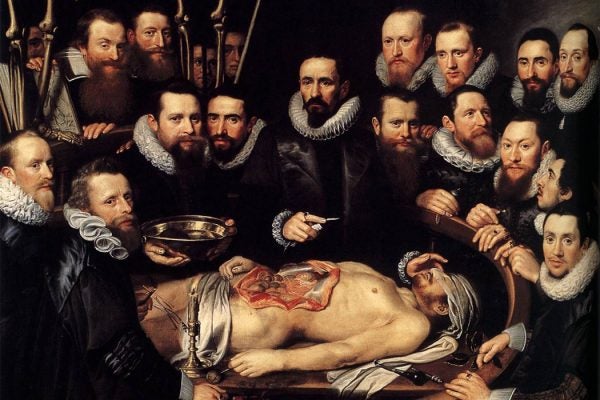Autopsy of a Saint
In the late thirteenth century, followers of the Italian abbess Clare of Montefalco dissected her heart in search of a crucifix.
Did Caterina Sforza Flash an Army?
According to legend, Sforza lifted her skirts to show her adversaries that she had the body parts to make more children. But why?
Sinners in the Hands of an Angry God: Annotated
Jonathan Edwards’s sermon reflects the complicated religious culture of eighteenth-century America, influenced not just by Calvinism, but Newtonian physics as well.
John Donne’s Listicle For the Well-Prepped Courtier
“The Courtier’s Library” is a list of books every courtier should know about, a cheat sheet for name-dropping in society. The trouble? Its books are imaginary.
Nostalgia for Manly Men in Seventeenth-Century Spain
Moralists found it easy to criticize Spanish men, particularly the high-born among them, for all sorts of supposed failures of masculinity.
The Heretical Origins of the Sonnet
The lyrical poetic form’s origins can be traced back earlier than Petrarch.
How Renaissance Artisans Turned Live Animals into Silver
Lifecasting was the renaissance art of making sculptures using molds taken from real-life plants and animals.
The Pirate-y Life of Ferdinand Magellan
Magellan’s voyage in search of the “Spice Islands” was marked by storms, sharks, and scurvy—plus multiple attempts at mutiny.
Why Did “Thieves’ Cant” Carry an Unshakeable Allure?
If thieves’ cant—a language known only to criminals—was the Devil’s cabinet, bourgeois society couldn’t help but peep inside.
Public Dissection Was a Gruesome Spectacle
Renaissance-era anatomists taught people to “knowe thyself” by reading the books of bodies.









